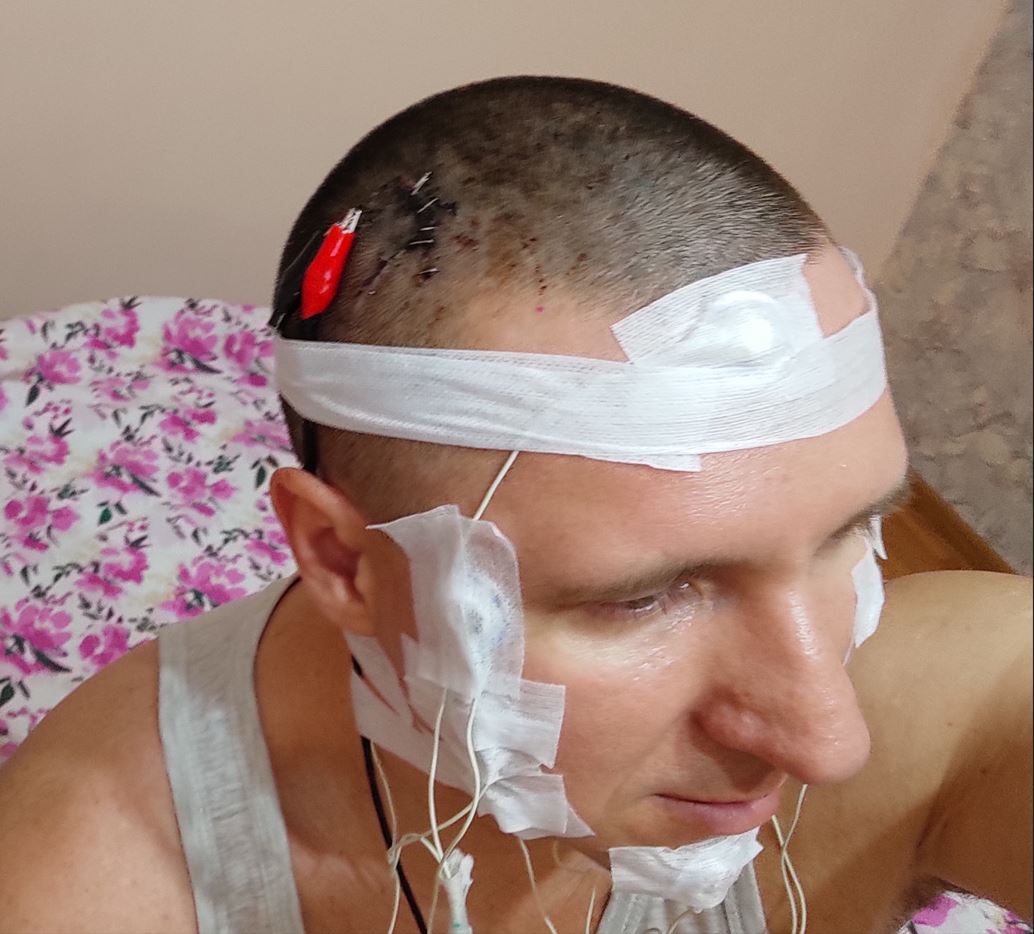In theory, most sensory stimuli should be able influence dreams. Experiments presenting sleeping subjects with auditory signals, tactile sensations, olfactory stimuli, and so on, have been conducted since the 1950s. Yet, despite all efforts, these stimuli only occasionally enter the dream narrative.
In search of a reliable tool for dream control, researchers from REMspace, Michael Raduga and Andrey Shashkov, embarked on a new kind of stimuli experiment: they implanted electrodes into a subject’s brain, specifically, the motor cortex responsible for finger movement. Ideally, the scientists sought to recruit individuals who already had medical implants in their brains. However, the participants also needed to be proficient lucid dreamers for the researchers to be able to observe the effects during sleep. Since this combination is quite rare, Michael Raduga volunteered and agreed to temporarily insert the electrodes into his own head.
The researchers thus achieved the world’s first electrical stimulation of the brain cortex directly during sleep, lucid dreams, and even sleep paralysis. It turned out that such stimulation did not lead to awakening and sometimes influenced the dream scenario. In lucid dreams, they observed how the cortical stimulation directly affected the dream space: an object fell out of the dreamer’s hand when electrical current was applied.
The authors note that in the future, such a tool could not only influence dream narratives but also reliably induce lucid dreams. For example, it could evoke a sensation of levitation until the person realizes they are in a dream.
Would you be willing to get a brain implant for more efficient lucid dreaming?
The preprint of the article was published in June 2023 on ResearchGate.
Get all the latest news about lucid dreams via our channels on Telegram, Facebook




